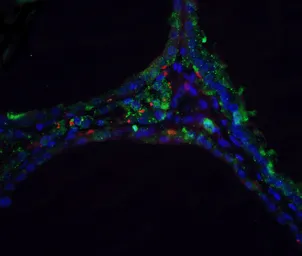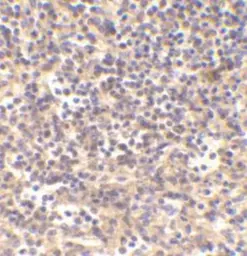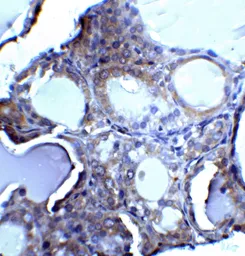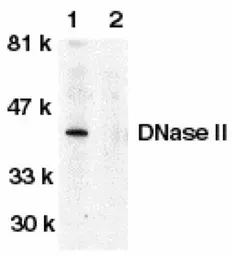DNase II antibody
Cat. No. GTX28119
Cat. No. GTX28119
-
HostRabbit
-
ClonalityPolyclonal
-
IsotypeIgG
-
ApplicationsWB IHC-P ELISA
-
ReactivityHuman



